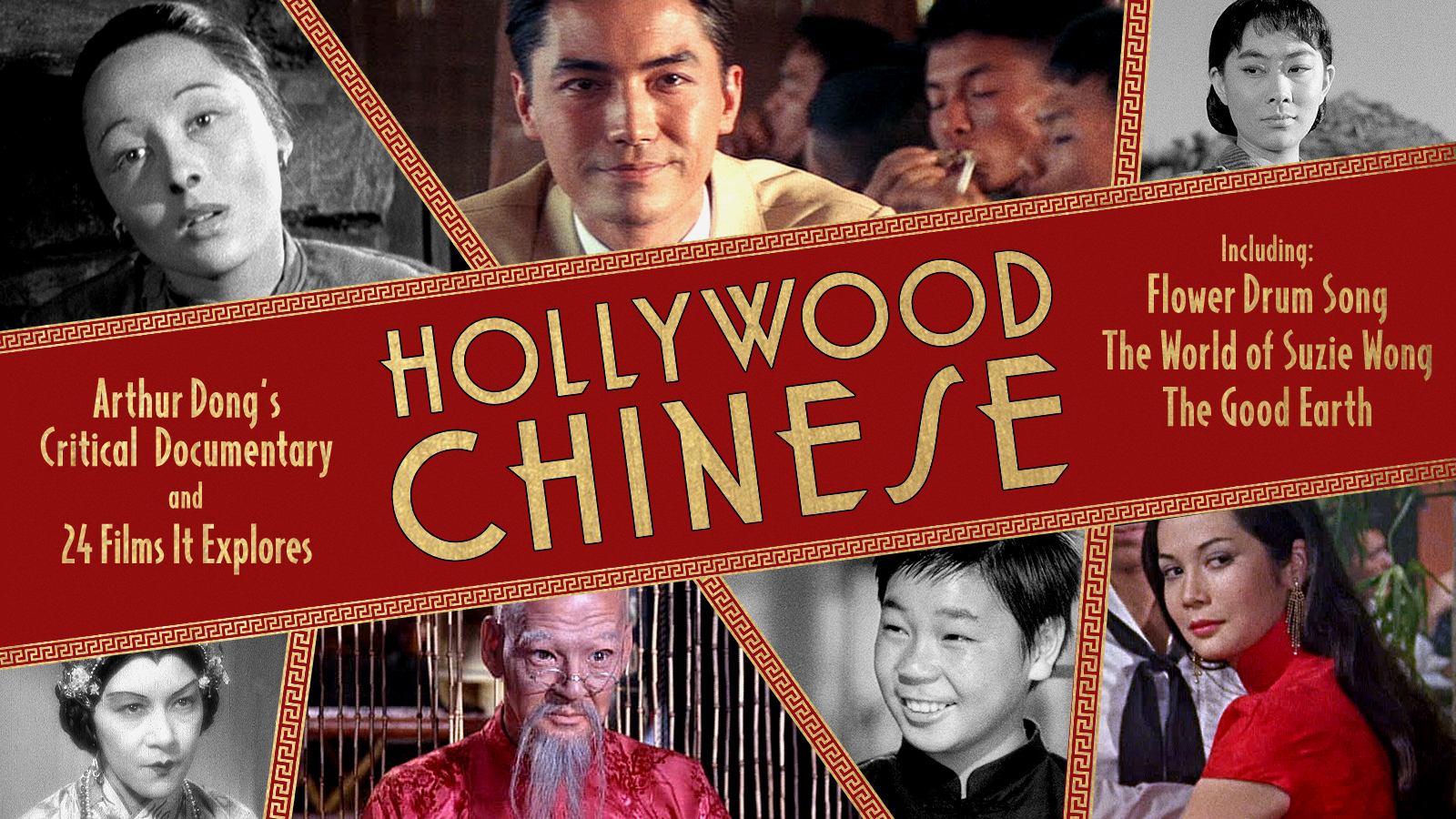As long as Hollywood has existed, Chinese and Chinese American lives and artists have been an integral part of its story — though their contributions have often been marginalized, erased, and complicated by a tangled history of racism and (mis)representation.
From August 1 through October 31, 2022, The Criterion Channel streamed the 25-film series, Hollywood Chinese, a critical study of how the Chinese have been imagined in American films. Curated by filmmaker Arthur Dong, and anchored by his landmark documentary and book, the Hollywood Chinese series included selections from cinema’s first hundred years to explore the ways in which the Chinese have been imagined in American feature films.
Ranging from early silent films to blockbuster hits, the programs confronted an often grotesque legacy of stereotypes (exemplified by the practice of white actors portraying Asian characters in yellowface) and spotlighting the indelible contributions of trailblazing talents like stars Anna May Wong (Daughter of the Dragon) and Nancy Kwan (The World of Suzie Wong), directors Wayne Wang (Chan Is Missing) and Ang Lee (The Wedding Banquet), and cinematographer James Wong Howe (Sweet Smell of Success). What emerges is a fascinating cross-cultural mosaic shaped by both racist histories and groundbreaking artistry.
Please be advised: Some films include racist stereotypes and tropes, including yellowface and offensive slurs.
Watch the series introduction by curator/filmmaker Arthur Dong:
The full series line up:
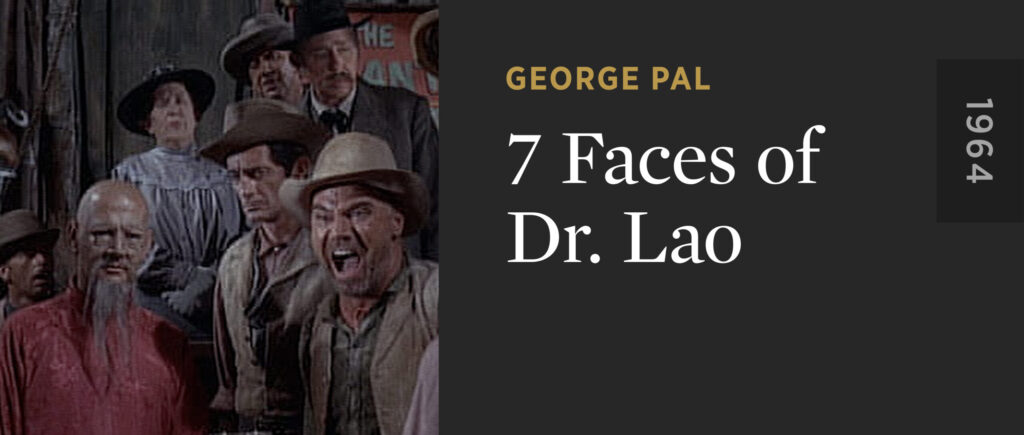
7 FACES OF DR. LAO: “Viewers who consider yellowfaced performances appalling might find solace when Tony Randall’s Dr. Lao character switches between pidgin and code-speak English as a strategy to challenge small-minded attitudes. Otherwise, the pre-CGI Oscar®-nominated special effects, created by a team that included artist/sculptor Wah Ming Chang, should certainly dazzle the imagination” —Arthur Dong, Curator
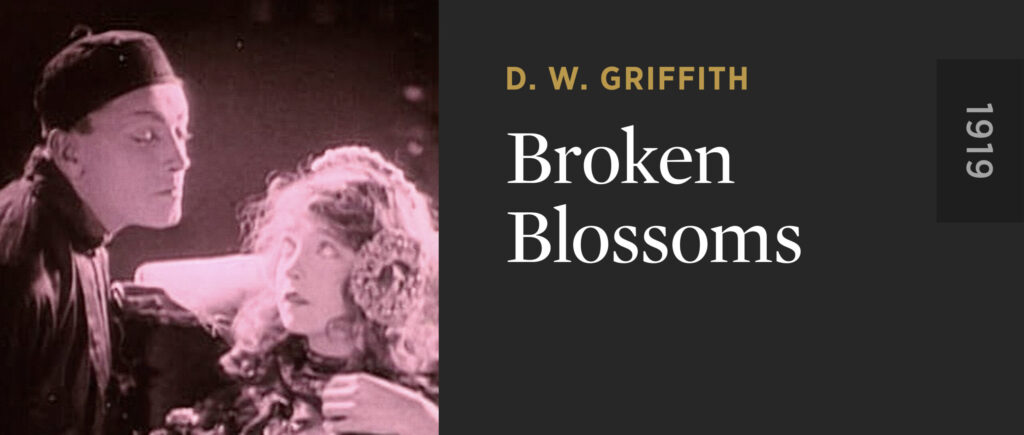
BROKEN BLOSSOMS: “Produced after his controversial film about the Klu Klux Klan, BIRTH OF A NATION, D.W. Griffith attempts to shed light on intolerance against the Chinese in BROKEN BLOSSOMS, albeit produced with yellowfaced white actors and a script infused with racial slurs and stereotypic tropes” — Arthur Dong, Curator
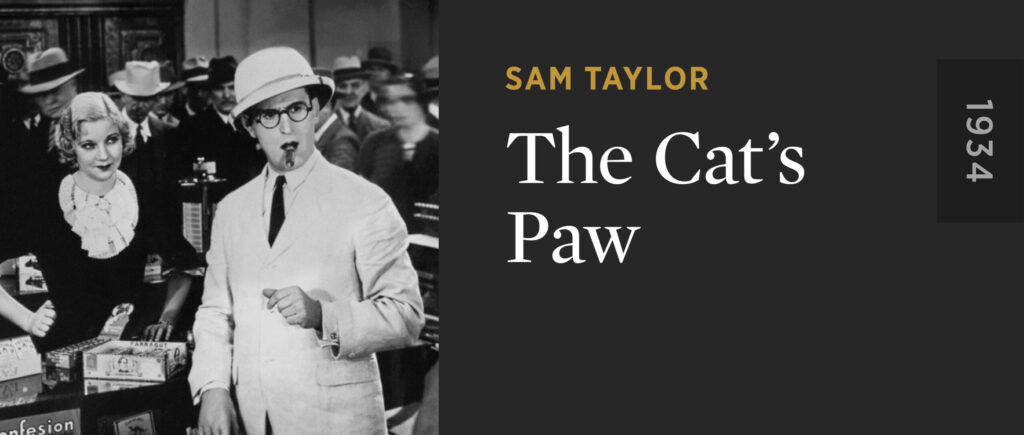
THE CAT’S PAW: ” “Racial slurs, grotesque yellowface make-up, and gibberish Chinese dialogue are peppered throughout THE CAT’S PAW, which the Chinese government banned for its denigrating depictions of the Chinese and Chinese culture. For me, this is one of Hollywood’s most offensive portrayals of the Chinese, partly because it starred and was produced by Harold Lloyd, an otherwise beloved American comedian” —Arthur Dong, Curator
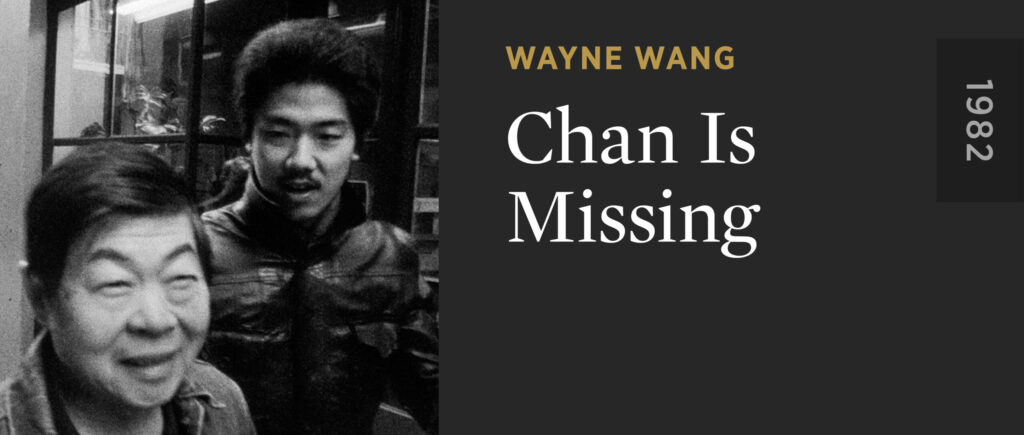
Wayne Wang’s CHAN IS MISSING was the first Asian American narrative feature film to enjoy a wide theatrical release and reap critical acclaim. CHAN IS MISSING: “Shot in black-and-white on a shoestring budget, it’s both a tongue-in-cheek nod to the Charlie Chan detective movies and a metaphor for the complexities San Francisco’s Chinatown community” —Arthur Dong, Curator
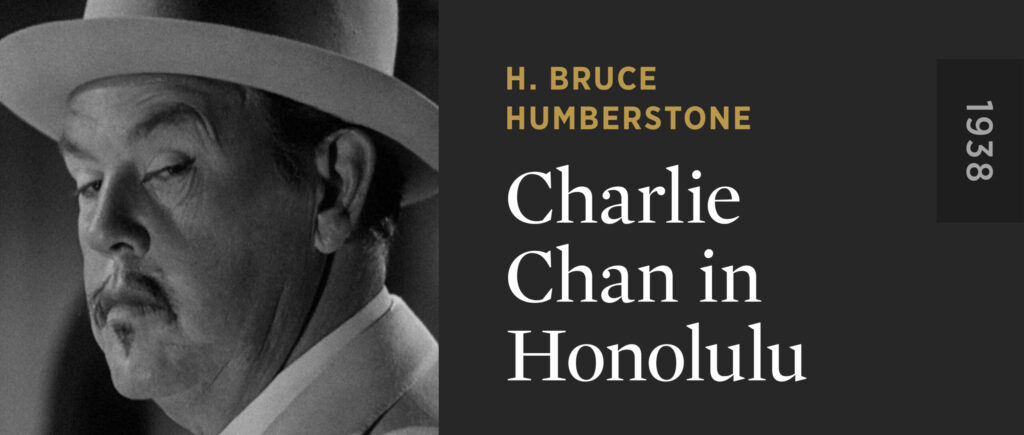
CHARLIE CHAN IN HONOLULU: “Look beyond the yellowface casting of Sidney Toler and enjoy the playful scenes with Layne Tom and Victor Sen Yung as Charlie Chan’s all-American sons” —Arthur Dong, Curator
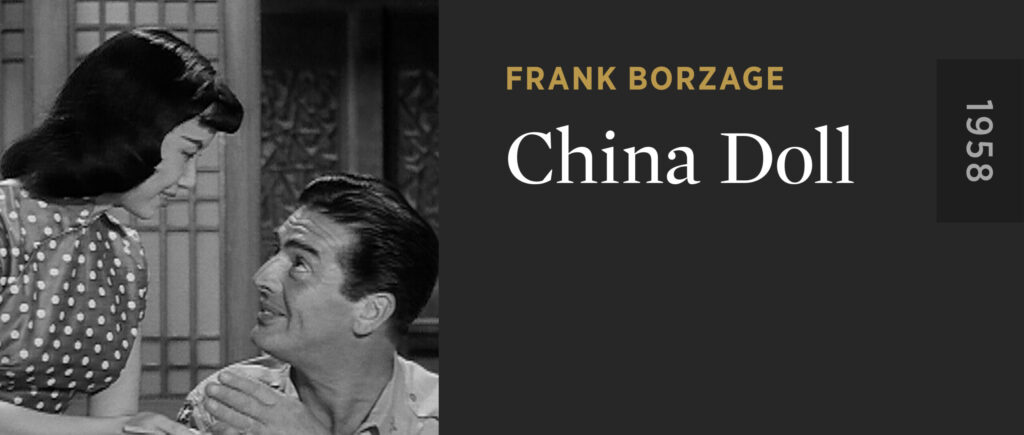
CHINA DOLL: “With the unlikely title, CHINA DOLL, a term synonymous to the exotification of Asian women, this film conveyed a progressive message advocating for the acceptance of inter-racial marriages and mix-raced children. It featured Chinese super-star Li Li Hua in her only Hollywood movie, and in her debut film, Lisa Lu (THE JOY LUCK CLUB, THE LAST EMPEROR, CRAZY RICH ASIANS, and in this series, RIDER ON A DEAD HORSE)” —Arthur Dong, Curator
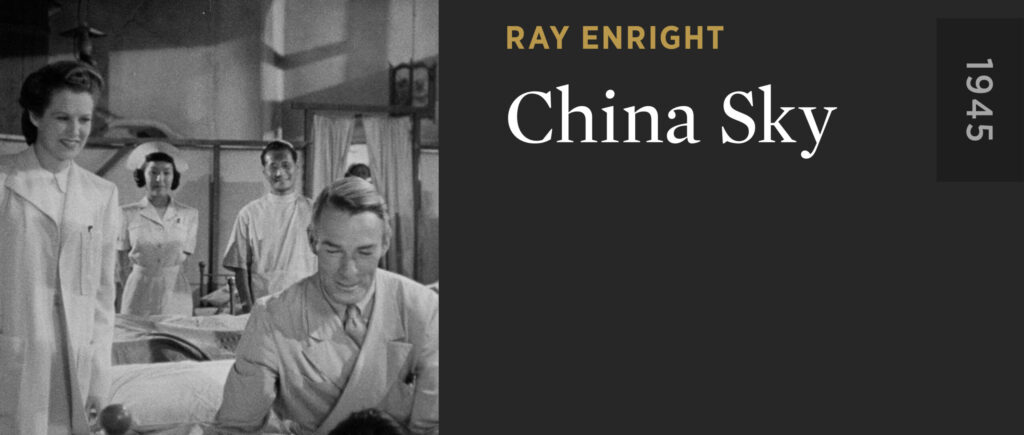
CHINA SKY: “CHINA SKY is emblematic of Hollywood’s World War II films that took place in China, replete with a white savior, a bigoted protagonist, yellowfaced actors, and the hiring of Chinese American actors (Richard Loo) to play evil Japanese characters since Japanese American actors were interned by the US government. But it’s child actor Ducky Louie who is memorable as a spunky helper who behaves like an all-American kid, even if he’s a native Chinese — but that’s Hollywood” —Arthur Dong, Curator
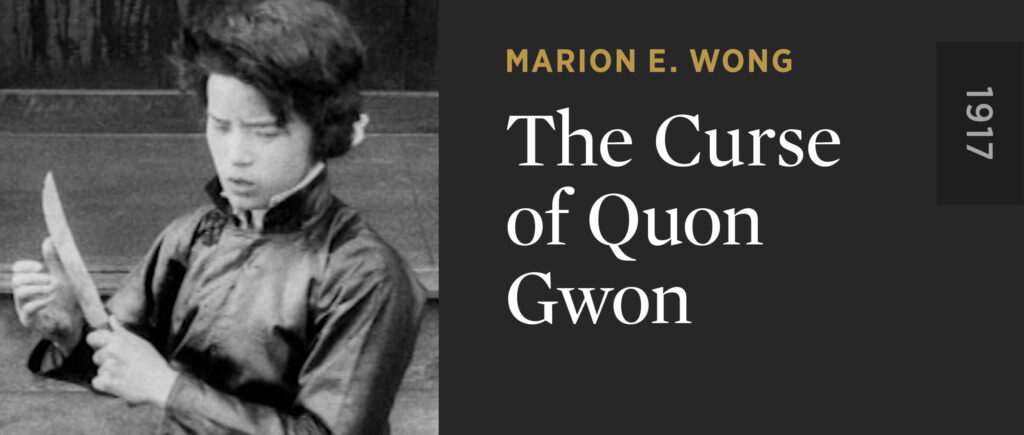
THE CURSE OF QUON GWON: “Considered lost for decades but now re-discovered, Marion Wong’s 1917 film, THE CURSE OF QUON GWON, is the earliest known feature film made by an Asian American, and one of the few American silent features directed by a woman of any ethnic background —Arthur Dong, Curator
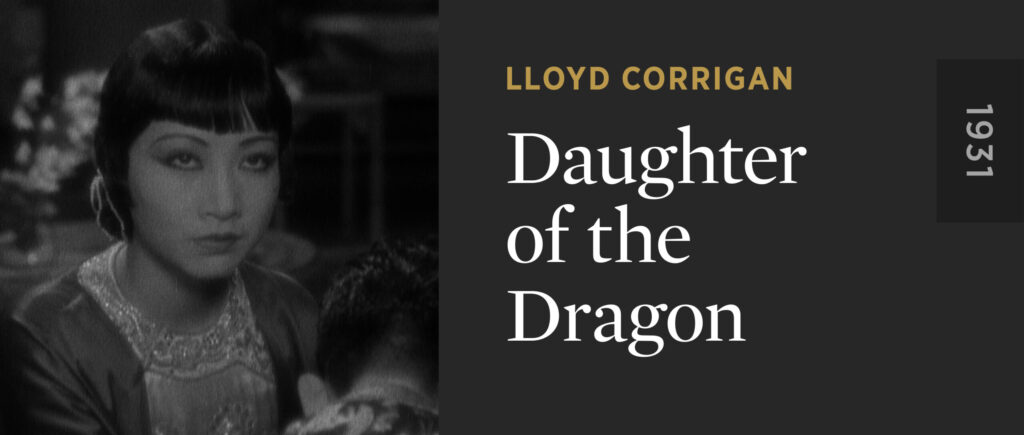
DAUGHTER OF THE DRAGON: “Putting aside its racially demeaning Fu Manchu narrative that again relegated Anna May Wong to a tired sadistic femme fatale role, DAUGHTER OF THE DRAGON gave 1931 audiences the experience of hearing two silent movie stars in their first American sound film: Wong and Sessue Hayakawa — both speaking standard English at a time before Hollywood latched on to the common practice of directing Asian characters to deliver heavily accented dialogue” —Arthur Dong, Curator
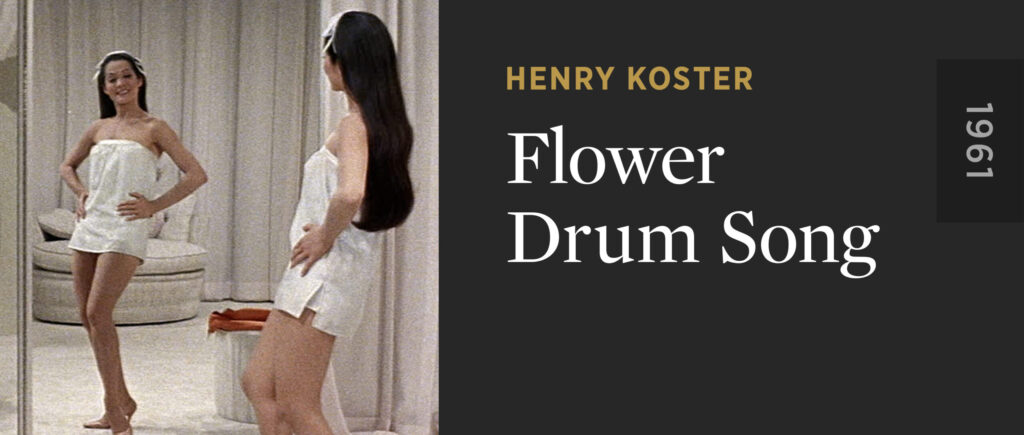
“FLOWER DRUM SONG represents a Hollywood milestone for Chinese American representation with its all-dancing, all-singing, and almost all-Asian cast. This lavish romantic comedy gave many Americans their first look at Chinatown beyond tourist facades, and was later inducted into the National Film Registry for its stories of immigration and cultural assimilation” —Arthur Dong, Curator
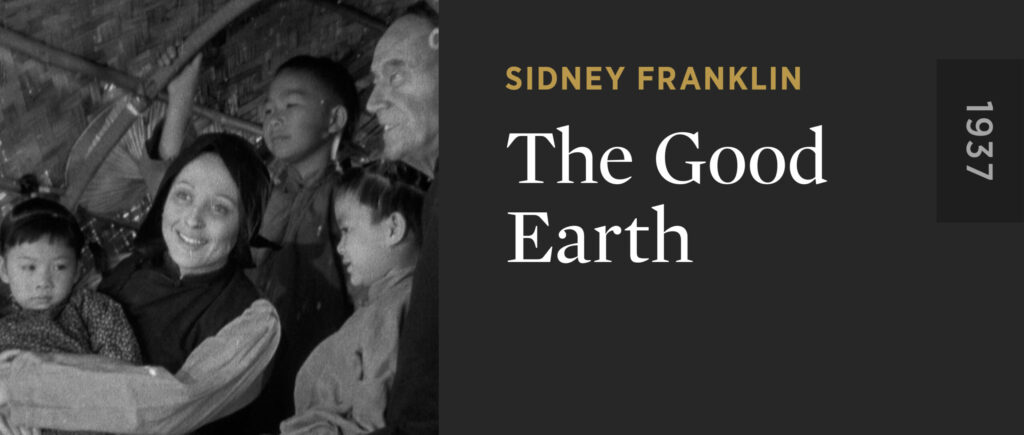
THE GOOD EARTH: “Despite the yellowface casting of lead roles, THE GOOD EARTH featured noteworthy performances by Chinese American actors in supporting parts, and the film’s pursuit to create an authentic China resulted in a marked switch from the stereotypical depictions often seen in Hollywood films of the era” —Arthur Dong, Curator
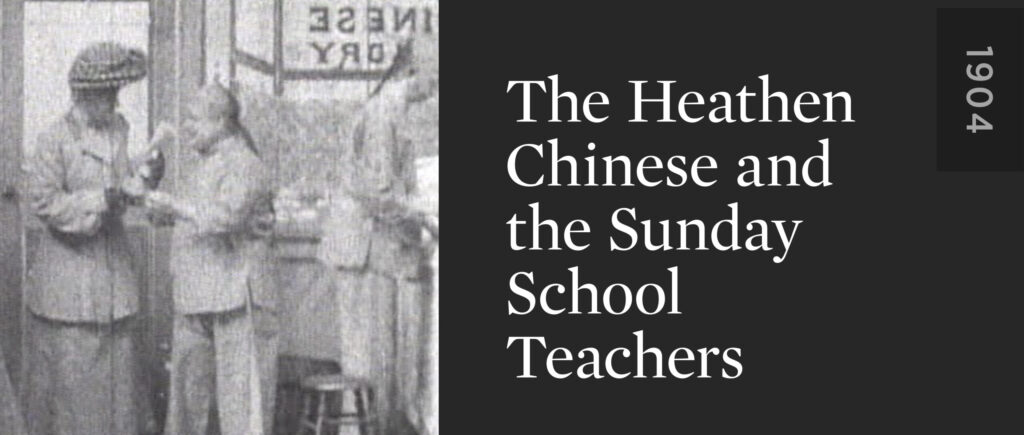
THE HEATHEN CHINESE AND THE SUNDAY SCHOOL TEACHERS: “The American Mutoscope and Biograph Company, one of early cinema’s most influential and respected studios, produced this short that perpetuated mainstream America’s imagination of rampant vice and immorality amongst the Chinese” —Arthur Dong, Curator
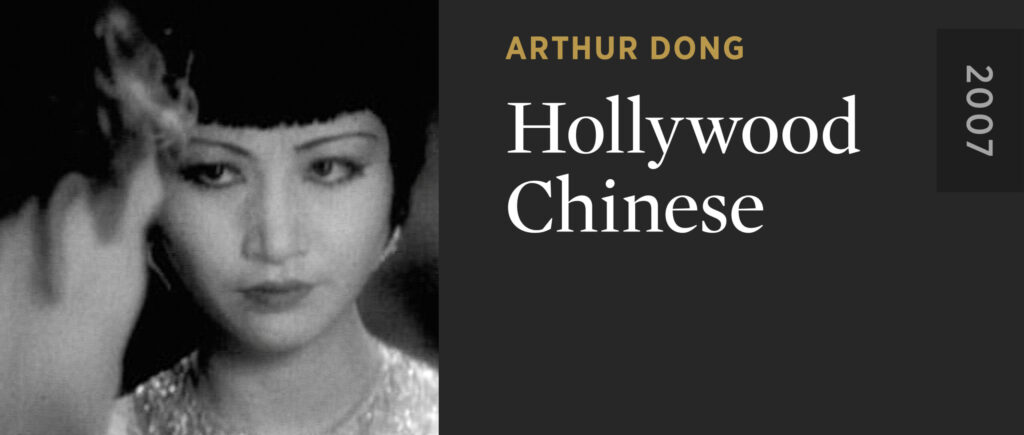
HOLLYWOOD CHINESE is curator Arthur Dong’s documentary that features clips from over 90 films, with commentary by some of the most distinguished Chinese and Chinese American film artists working in Hollywood, as well as white actors who portrayed characters in yellowface.
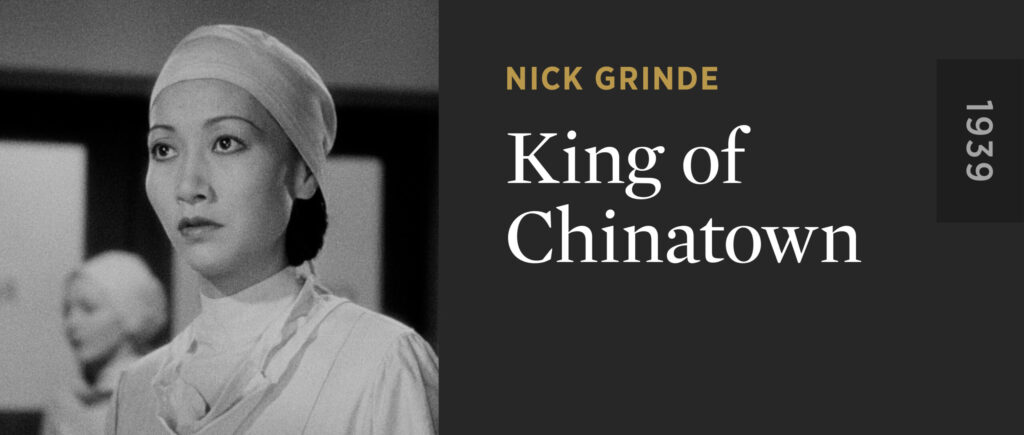
KING OF CHINATOWN: “This film was produced under a multi-film contract Anna May Wong brokered with Paramount, allowing the iconic actress to exercise more input for roles that departed from stereotypic parts, and in the instance of KING OF CHINATOWN, a chance to express her concerns for China during the Sino-Japanese war” —Arthur Dong, Curator
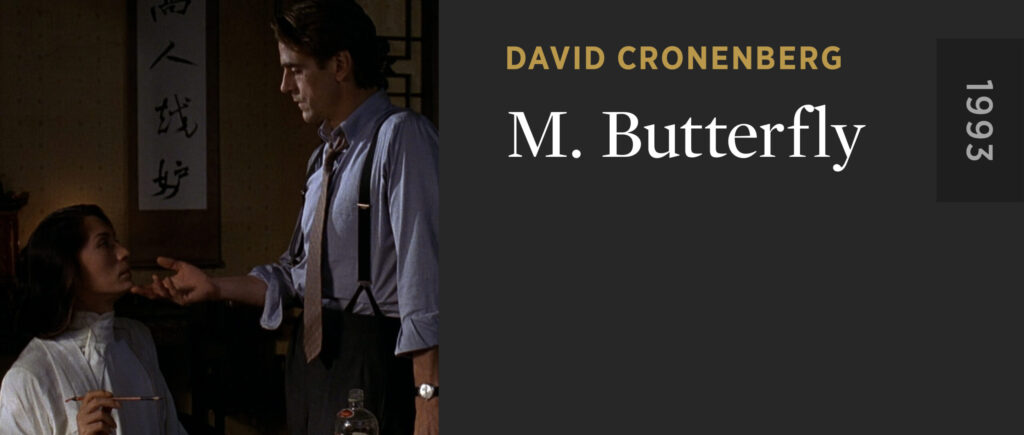
M. BUTTERFLY: “Set in China’s Cultural Revolution, M. BUTTERFLY re-envisions the racial dynamics of the Madame Butterfly trope with an explosive romance between two men that disrupts conventions of masculinity and femininity, and East/West sexual politics” —Arthur Dong, Curator
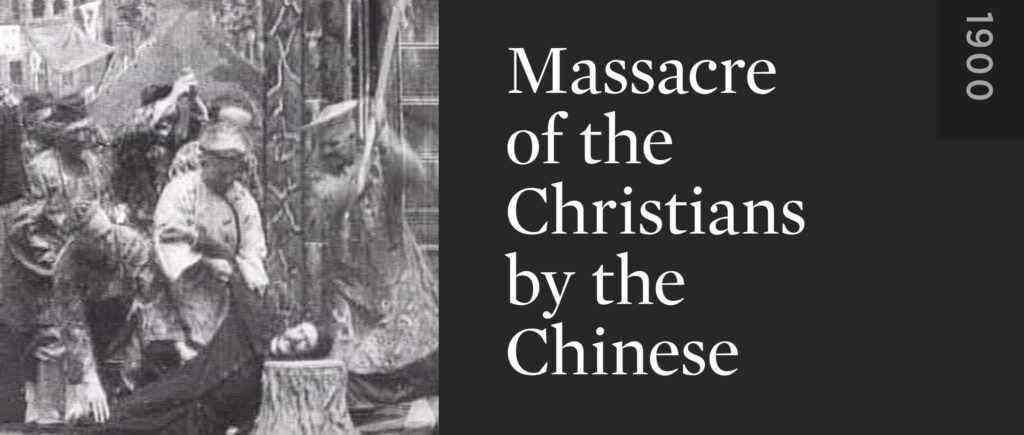
MASSACRE OF THE CHRISTIANS BY THE CHINESE: “Produced by Siegmund Lubin, a prolific studio head during the silent era, MASSACRE OF THE CHRISTIANS BY THE CHINESE reflected America’s xenophobic fears of barbaric Chinese determined to annihilate western civilization” —Arthur Dong, Curator
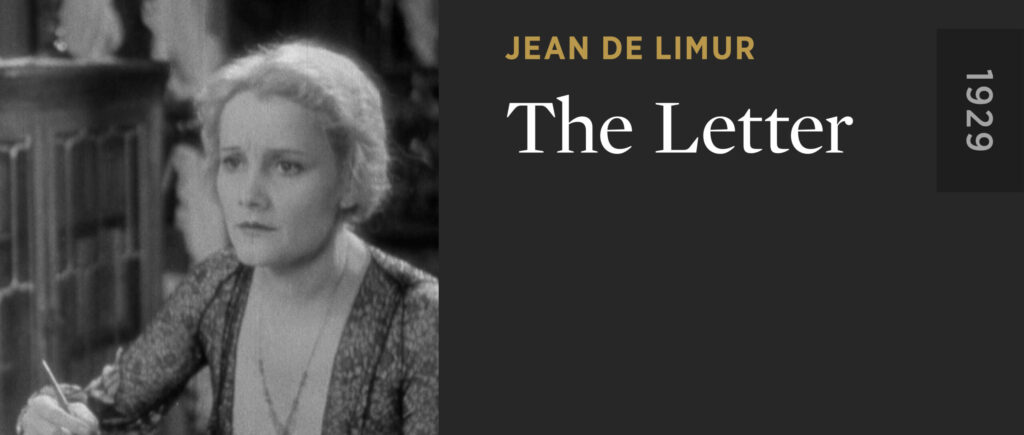
THE LETTER: “Stereotypes and racist slurs appear throughout this early Paramount sound film, but it’s Lady Tsen Mei, a vaudeville singer of mixed Chinese, white and Black heritage, who stands out as she challenges presumptuous contempt for the Chinese” —Arthur Dong, Curator
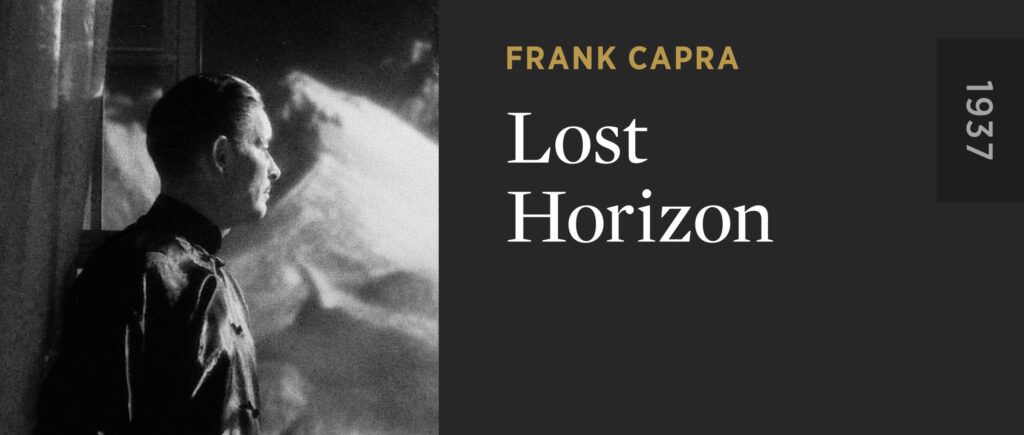
LOS HORIZON: “This beloved classic presents a paradise situated in Chinese territory, and as such, tells a Hollywood story set against a backdrop of colonialist ideals perpetrated by white saviors who subjugate the indigenous population” —Arthur Dong, Curator
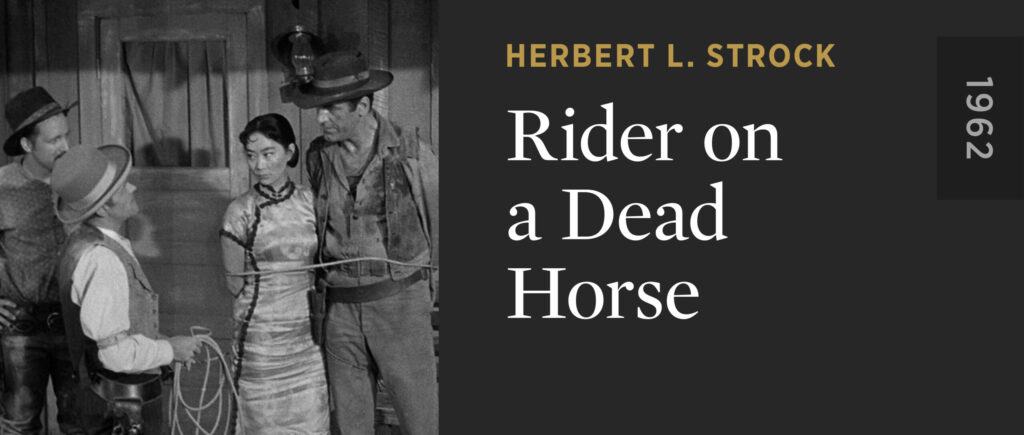
RIDER ON A DEAD HORSE: “Lisa Lu, actress in THE JOY LUCK CLUB, THE LAST EMPEROR, CRAZY RICH ASIANS, and in this series, CHINA DOLL, portrays a character atypical of 1960s Hollywood, and even by today’s standards: a tough Chinese female laborer who fights back — physically and with feisty dialogue” —Arthur Dong, Curator
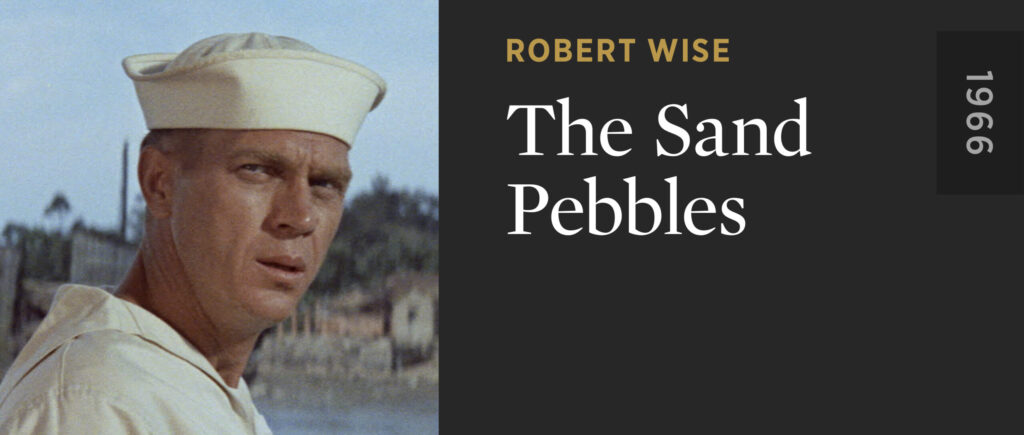
THE SAND PEBBLES: “Mako’s Oscar-nominated performance as a Chinese coolie is a stand-out in this wide-screen spectacle shot on location in Hong Kong and Taiwan. Robert Wise’s directorial follow-up to his joyful THE SOUND OF MUSIC, on the other hand, relies heavily on an exotic China populated with Chinese prostitutes and deceitful Chinese men — tamed by white saviors and Christian missionaries” —Arthur Dong, Curator
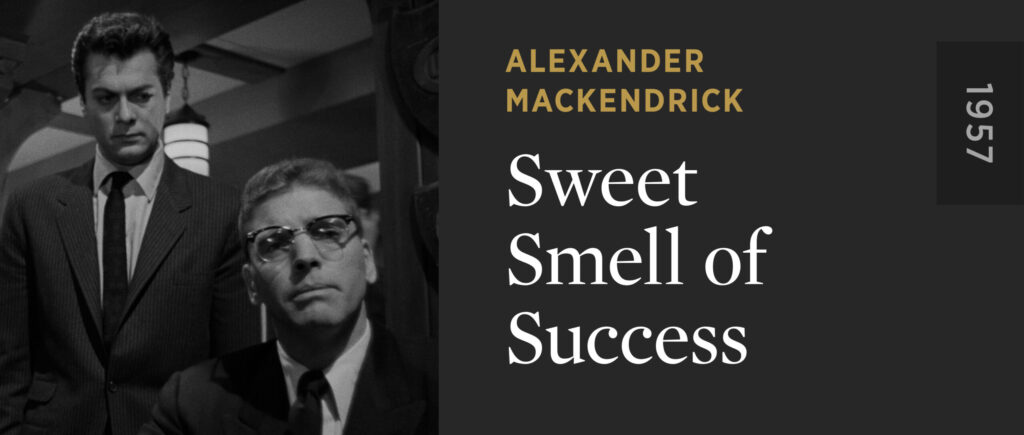
SWEET SMELL OF SUCCESS: “James Wong Howe is one of the most revered cinematographers in the world, with over 140 camera credits, 10 Oscar nominations along with two wins. SWEET SMELL OF SUCCESS was selected to showcase his signature low-key lighting and indelible contribution to the film noir genre” —Arthur Dong, Curator
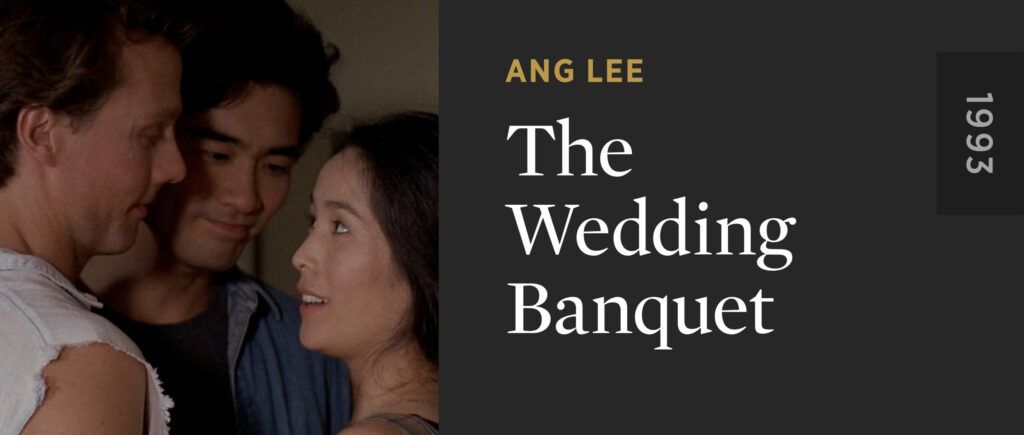
THE WEDDING BANQUET: “Twelve years before Ang Lee broke the color barrier of winning a directing Oscar for BROKEBACK MOUNTAIN, he directed WEDDING BANQUET, his first film centered on gay characters, which thrust Lee onto the international arena with an Academy Award nomination for best foreign language film” —Arthur Dong, Curator
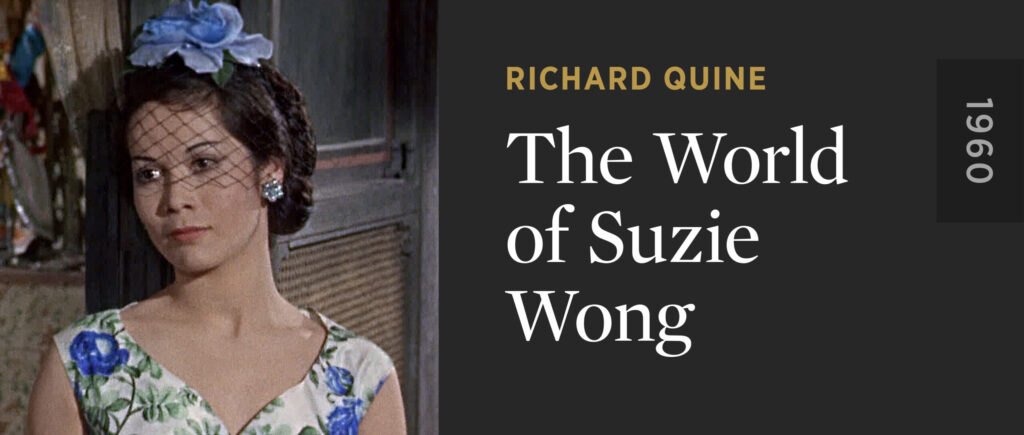
THE WORLD OF SUZIE WONG: “Since its 1960 release, The World of Suzie Wong has been both celebrated and condemned: it was a top ten grosser for the year, but it also became a target of criticism for how Hollywood glamourized the life of sex workers and perpetuated the sexualization of Asian women” —Arthur Dong, Curator
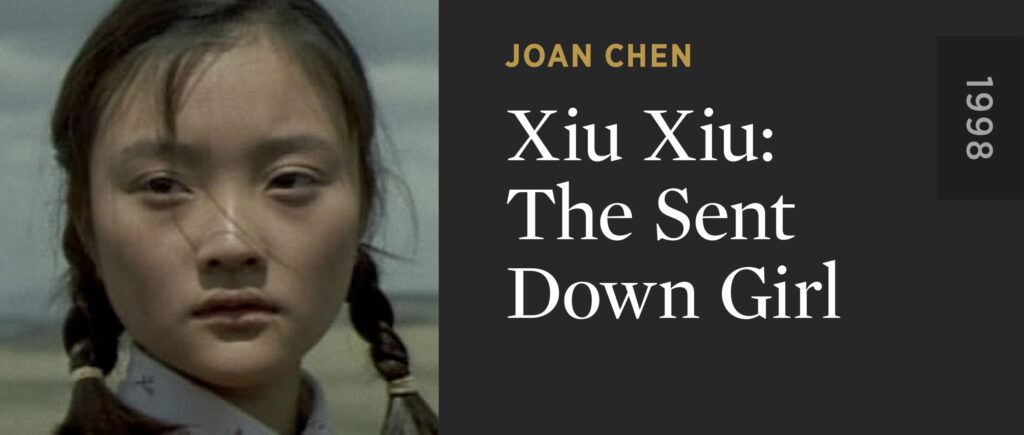
XIU XIU: THE SENT DOWN GIRL: “After her breakthrough performance in THE LAST EMPEROR, actress Joan Chen was frustrated with the limited job offers that called for her ethnic sexual appeal. She left the Hollywood scene and re-emerged with the independently produced XIU XIU: THE SENT DOWN GIRL, which she directed and co-wrote” —Arthur Dong, Curator
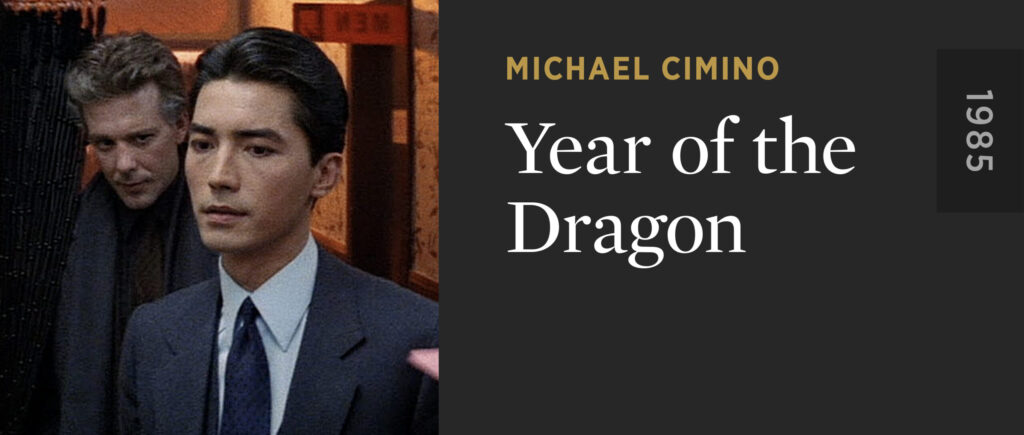
“YEAR OF THE DRAGON exemplifies Hollywood’s never-ending addiction to stories of vice and violence in America’s Chinatowns. This racist and sexist portrayal of New York Chinatown caused a national uproar, with protests by Asian Americans so large-scale that distributors agreed to include a disclaimer on the film, disavowing any adherence to reality” —Arthur Dong, Curator

